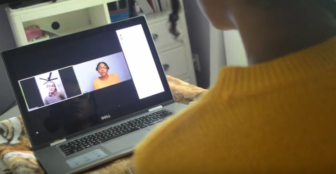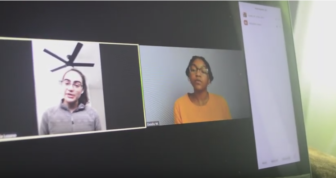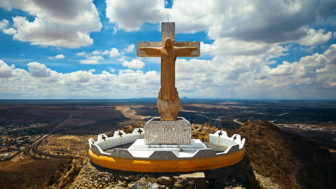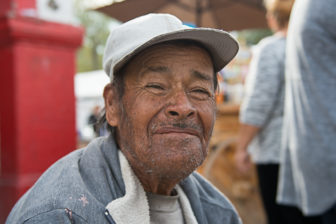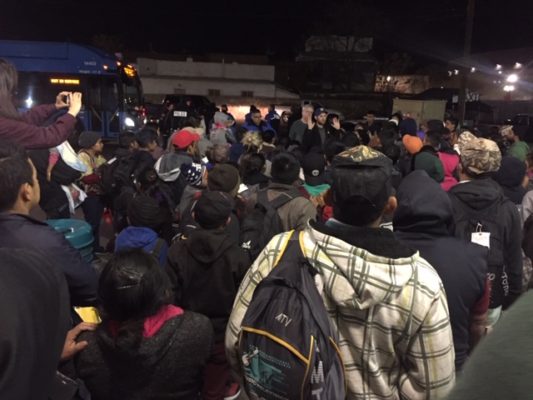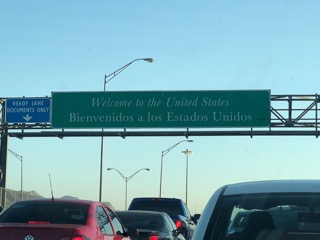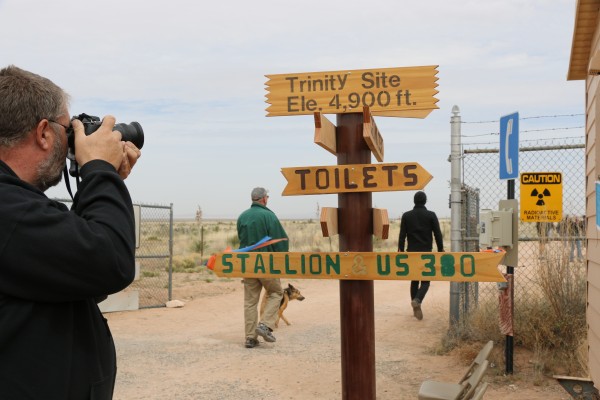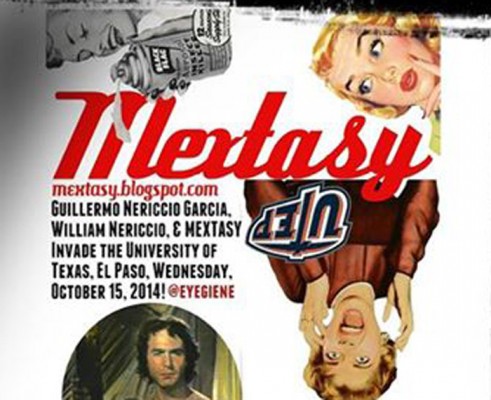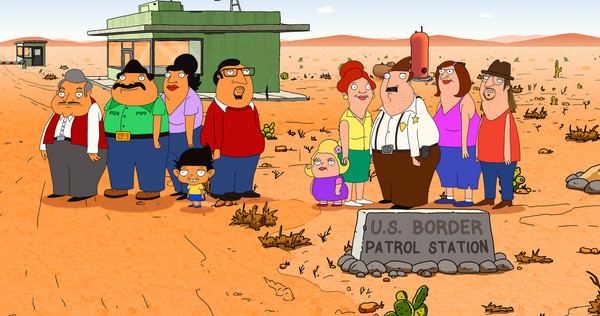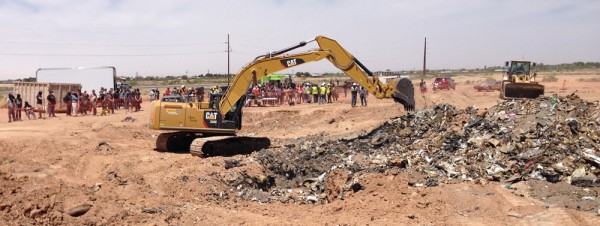Innovating journalism education during a pandemic with a little help from our news network and donors
|
When COVID-19 first swept across the country this spring, news organizations began canceling internships for college students. That was devastating news for students at Hispanic-Serving Institutions like the University of Texas at El Paso who are trying to stand out in the media job market. Strong internships are needed for professional experience and important networking opportunities that can lead to better prospects at graduation. Fortunately, thanks to Borderzine’s dues-paying membership in the Institute for Nonprofit News, we were able to reach out to a wide network of digital media organizations around the country. The UTEP multimedia journalism program was able to place seven of our students in remote summer internships with INN members.

